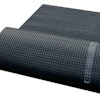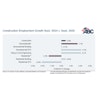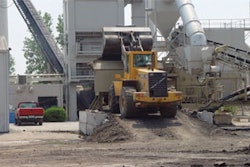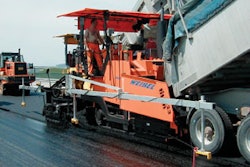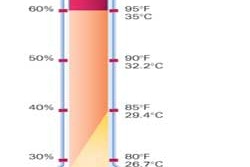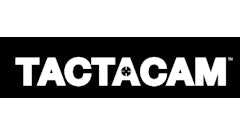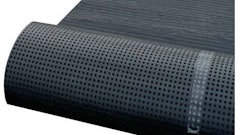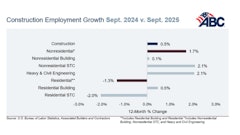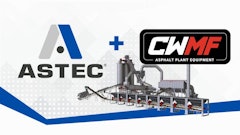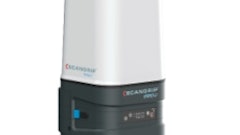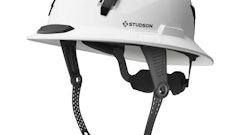Get Accurate Inventory Counts
1. Conduct a physical review of parts and equipment inventories and match them to your accounting records.
2. Perform a count of your parts inventory, price it out, then compare it to the balance sheet. Adjust records to reflect actual business activity.
3. “Count” your physical equipment inventory to make sure you still have all units under your control. Take this opportunity to review the operating statistics behind each machine to determine if it should remain in the fleet.
4. Finalize your equipment list and compare it to your insurance policies and loan schedules.
5. Evaluate your systems and procedures for purchasing, selling, maintaining and operating equipment. Make sure written procedures are in place and employees understand and follow them.
By now you have recovered from the holidays and are ready to take on the New Year by following the plan we talked you into putting together a few months back.
Part of our plan consists of getting the books in order, which also entails a review of all balance sheet accounts for accuracy and value. In short, you will review balance sheet accounts and make adjustments as necessary.
Making adjustments to the balance sheet may require a physical review to match to your accounting records. This is especially true for parts and equipment inventories. For parts, you do a “count”, price it out, then compare it to the balance sheet. If your count has a higher value than the books, you write it up; if it doesn’t, you write it down. Doing so will have an offsetting effect on the income statement, but must be done to properly track the results of your business activity.
The same goes for your equipment inventory. You need an accurate count to make sure you still have all units under your control. This should be done to satisfy bank collateral requirements; for insurance purposes; and, in general, to allow you to review the condition and value of all operating equipment.
Once you establish everything you own is actually under your control, it’s time to review the operating statistics behind each piece of equipment to decide whether it still meets your test to remain in your fleet. What is it costing you to operate? Is the uptime adequate? Does it need any major overhauls? Is your projected time utilization and realization going to cover the cost to own and operate the unit? If the answer is yes, move on. If the answer is maybe, sit down with your dealer and evaluate the unit and replacement opportunities. If the answer is no, get rid of it and decide if you need to replace it.
After you have a list of your equipment, have decided what stays or goes and have valued such equipment, it’s time to finalize this list and compare it to your insurance policies and loan schedules. Once all is in order, you know you have a good starting position to move into the New Year.
As part of your equipment review, it’s a good time to evaluate the systems and procedures used to purchase, sell, maintain and operate your equipment. You have these written up, right? Your employees all know about them and follow them, right? Your employees are properly trained to operate your equipment, right? There is a maintenance schedule, right? If you didn’t get four “rights” you better take a hard look at how you are handling the biggest investment you have. If there ever was an area to do it “right”, this is it.
Tax update
If you didn’t get new equipment delivered and placed in service by the end of 2004, you are out of luck on the 50% bonus deprecation. You still have MACRS available, but it’s not a lucrative as the 50% bonus.
The American Jobs Creation Act of 2004 provides some new relief. The Section 179 expense amount of $100,000 per year was extended to 2007. What did not change is the $400,000 phase-out amount. Once you exceed $400,000 in total additions, the $100,000 amount is reduced dollar for dollar over $400,000. This benefit is nice to have, but needs careful planning to get maximum advantage.
The big new benefit for contractors is the “standard deduction” for manufacturers. It starts out at 3% and goes to 9%. It is calculated as a percentage of “qualified production activities income”, and guess what — construction performed in the United States qualifies for the deduction. Nice, isn’t it?
The deduction is limited to 50% of W-2 wages paid or the taxable income of the taxpayer. If you generate taxable income, this will work for you as long as you perform a qualified activity.
It will be worth it to you to review your situation to see if this new rule applies. It will also be worth it to you to do whatever is needed to generate the proper records to maximize the deduction. Of course, there are rules and regulations to follow. What did you expect — we are dealing with the IRS after all.
There are a few other new rules to watch for, especially those related to SUVs. SUVs have limits imposed on any 179 deductions you can take.
There are some great advantages here if you spend the time to do your homework. Make sure you do.

